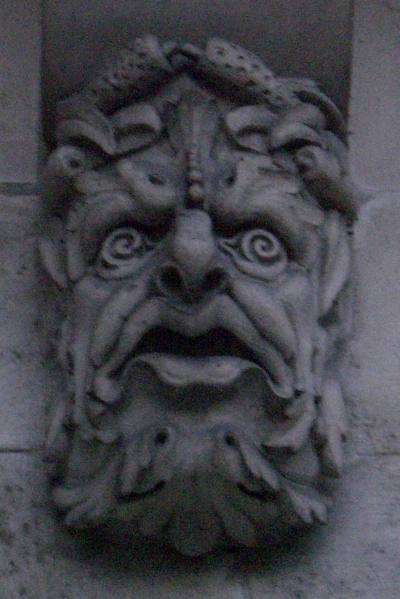Convenient Categories of Smooth Spaces
Posted by John Baez
Ever since Urs and I first started working on higher gauge theory, we’ve needed something more general than manifolds. You’ve probably heard about the misanthrope who loves humanity as a whole but can’t stand anyone individually. It’s the other way with manifolds. They’re very nice individually — but the category of manifolds as a whole is really annoying. It lacks almost all the properties we expect from a good category!
Grothendieck faced a similar problem long ago in algebraic geometry. He realized that a nice category that includes nasty objects is better than a nasty category with only nice objects. This is why he generalized algebraic varieties and invented ‘schemes’. You can do lots of constructions with schemes that you can’t do with varieties. Sometimes these constructions will lead to nasty schemes. But, that’s a worthwhile price to pay.
It’s time to do the same thing in differential geometry! So, that’s what my grad student Alex Hoffnung has been pondering:
-
John Baez and Alex Hoffnung, Convenient categories of smooth spaces.
Abstract: A ‘Chen space’ is a set equipped with a collection of ‘plots’ — maps from convex subsets of Euclidean space into — satisfying three simple axioms. In many respects Chen spaces provide a more convenient setting for differential geometry than the category of smooth manifolds. For example, any subspace or quotient space of a Chen space is a Chen space, the space of smooth maps between Chen spaces is a Chen space, and the category of Chen spaces has all limits and colimits. Souriau’s ‘diffeological spaces’ share all these properties. Here we give a unified treatment of both formalisms. Following ideas of Dubuc, we show that Chen spaces, diffeological spaces, and even simplicial complexes are examples of ‘concrete sheaves on a concrete site’. As a result, they are locally cartesian closed categories with all limits and colimits, and a weak subobject classifier. For the benefit of differential geometers, our treatment explains much of the category theory that we use.
Here’s one way the category of smooth manifolds is annoying: the space of all smooth maps between smooth manifolds is not a smooth manifold! Sure, it’s some sort of infinite-dimensional manifold, but then the space of maps between those becomes even more tricky to think about. It can be all be worked out, and Kriegl and Michor did it as well as anyone could… but one can’t help but wondering if there’s an easier approach.
Another problem, still more devastating, is that if you have two smooth maps between smooth manifolds
the set
is not usually a manifold. More precisely, the category of manifolds doesn’t have equalizers. It also doesn’t have coequalizers.
In the 1970s Chen invented a category of spaces that avoids all these problems! So does the category of diffeological spaces, invented by Souriau in 1980. These are just two of many concepts of ‘smooth space’ — for a review, see Andrew Stacey’s paper Comparative smootheology. But, these two are similar enough that we can study them in a unified way. They are both categories of ‘concrete sheaves on a concrete site’. So, that’s how we tackled them… with a lot of help from various café regulars, and also James Dolan, who taught us some of the necessary topos theory.
Topos theory? Yes: these categories of smooth spaces aren’t topoi — but they’re pretty close: they’re ‘quasitopoi’. That sounds unpleasant: any concept whose name starts with ‘quasi’ or ‘pseudo’ sounds a bit defective and deranged. But quasitopoi are actually quite nice, and our paper will gently teach you about them, a bit at a time.
Our paper isn’t done yet. The later sections, in particular, still need a lot of polishing. But only the diehards will read those sections anyway: that’s where all the yucky proofs are. ![]() The rest is pretty close to done — close enough to show you! We’d really appreciate your comments, corrections, suggestions, questions, and so on.
The rest is pretty close to done — close enough to show you! We’d really appreciate your comments, corrections, suggestions, questions, and so on.



Re: Convenient Categories of Smooth Spaces
p. 4, 4th full paragraph: one of “definitions notions” probably should not be there
p. 6: the itemize list is referred to by numbers of items. Probably you want to make it enumerate
p.6-7: concerning exposition, why not discuss diffeological spaces first, then Chen spaces? The diffeological spaces convey the idea and the problem with convex subsets is then clearly seen to be a technical subtlety that is not the heart of the matter.
p. 7, last item (6): is the embedding full and faithful? How does that functor combine with the one on p. 8?
p. 9, first full paragraph: “functor that is the identity on maps” = full and faithful (?)